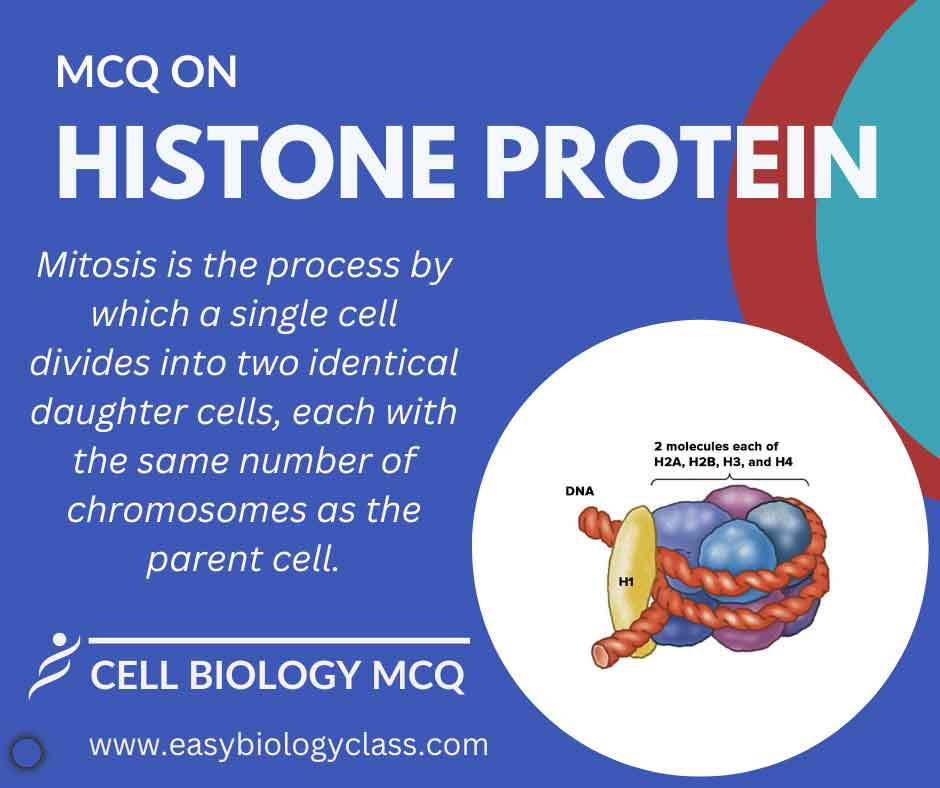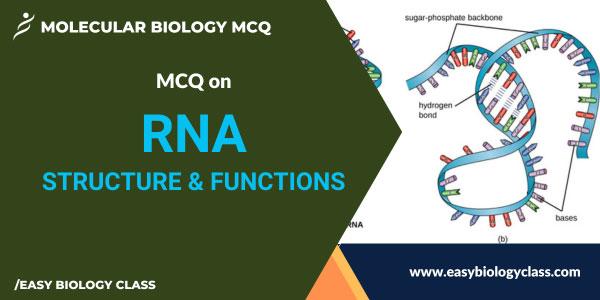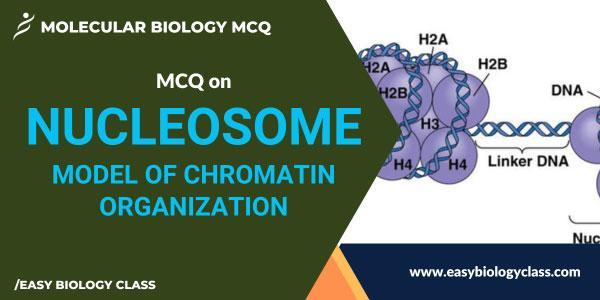Chromosomes are thread-like structures found in the nucleus of eukaryotic cells. They consist of DNA tightly coiled around histone proteins. Chromosomes carry genetic information in the form of genes and are essential for cell division, reproduction, and inheritance. Humans typically have 23 pairs of chromosomes, totaling 46 chromosomes in each […]
Continue ReadingTag Archives: Chromosome
MCQ on Histone: Organization and Functions
Histone proteins are highly alkaline proteins found in eukaryotic cell nuclei. They form the core around which DNA wraps to form nucleosomes, the basic units of chromatin. Histones play crucial roles in DNA packaging, gene regulation, and epigenetic modifications, influencing gene expression and cellular processes within the nucleus. This is […]
Continue ReadingMCQ on RNA Structure and Functions
RNA, or Ribonucleic Acid, is a molecule essential for various biological processes. It consists of a single strand of nucleotides, including adenine (A), uracil (U), cytosine (C), and guanine (G). RNA plays a central role in protein synthesis, gene expression, and carries genetic information in some viruses. This is an […]
Continue ReadingMCQ on Nucleosome Model of Chromosome
A nucleosome is the basic unit of DNA packaging in eukaryotes. It consists of a segment of DNA wrapped around a core of histone proteins. Nucleosomes help condense and organize DNA, regulating access for processes like transcription and DNA replication. This is an MCQ on Nucleosome Model and Organization of […]
Continue ReadingChromosome Banding Techniques: Insights into Genetic Analysis
What is Chromosome Banding? Chromosome banding is an essential technique used in chromosome karyotyping to identify normal and abnormal chromosomes for clinical and research purposes. This technique involves staining the chromosomes to create distinctive patterns or bands on the chromosomes. The unique banding pattens helps to identify individual chromosomes and […]
Continue Reading



